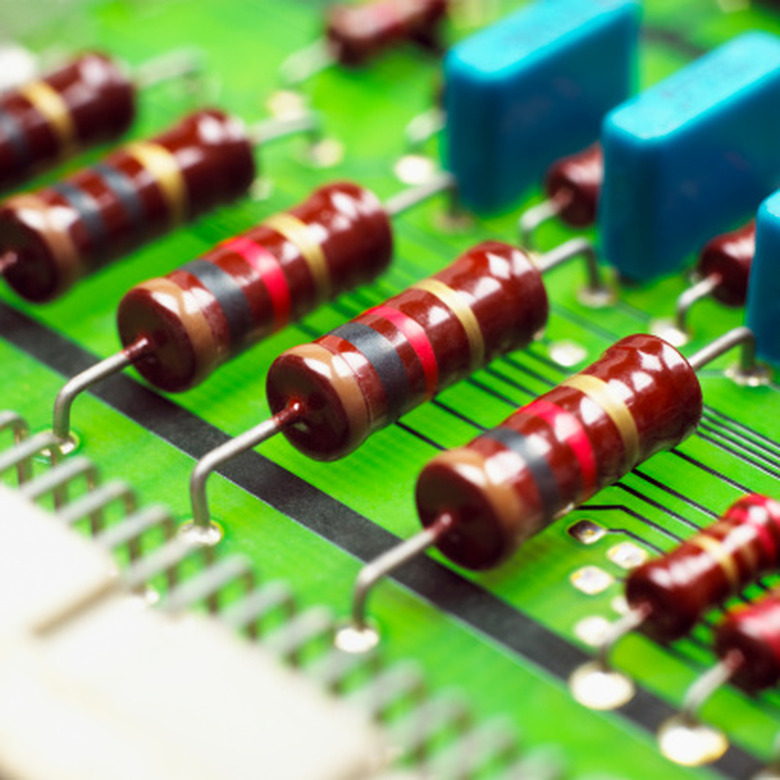In a parallel electrical circuit, the current splits into multiple branching paths. The multiple current paths come either from multiple power sources flowing to a single output, or one power source running to multiple outputs. The branching nature of the parallel circuit can lead to complex design issues and other disadvantages.
TL;DR (Too Long; Didn’t Read)
Parallel electrical circuits can have disadvantages such as complexity of design.
Series vs. Parallel Circuits
The two main types of electrical circuits are series and parallel. In a series circuit, components connect one after the other in a “daisy-chain” configuration, and the first and last devices are connected to the power source. The electric current flows from the source to each device in turn, then returns to the source to form a complete closed loop. The same amount of current flows through every device, and each has a voltage drop equal to its resistance times the current.
By contrast, a parallel circuit has the devices connected like the rungs of a ladder. Current flows into one ladder “leg” and out of the other, and along the way, it branches into each rung. The same voltage is across each device though the currents through them may be different, depending on the resistance of each one.
Same Voltage Across all Branches
No matter whether you have several power sources or just one, the voltage across a parallel circuit remains the same. This is because the voltage from the power sources is split across the circuit as a whole. If your circuit requires several voltages at different points, you’ll need to add resistors or voltage regulators to manage the voltage.
Complex Current Paths
In a parallel circuit, the current from the power source is split across the circuit. This results in different amounts of current flowing, depending on the resistances of each branch. Also, as you add branches to the circuit, the total current always increases; you need to check that your power supply is capable of handling the extra current, or the whole circuit will be starved of current. This prevents parallel circuits from being used anywhere a constant current is required throughout.
Complex Circuit Loading
When branches are added to a parallel circuit, the voltage is the same across the whole circuit, meaning the the current flow must change to compensate. This has a knock-on effect on the resistance in the circuit as a whole and results in a lower resistance in the circuit when more resistors are added in new branches. The only way to increase resistance is to add resistors in series with one another and on existing branches.

